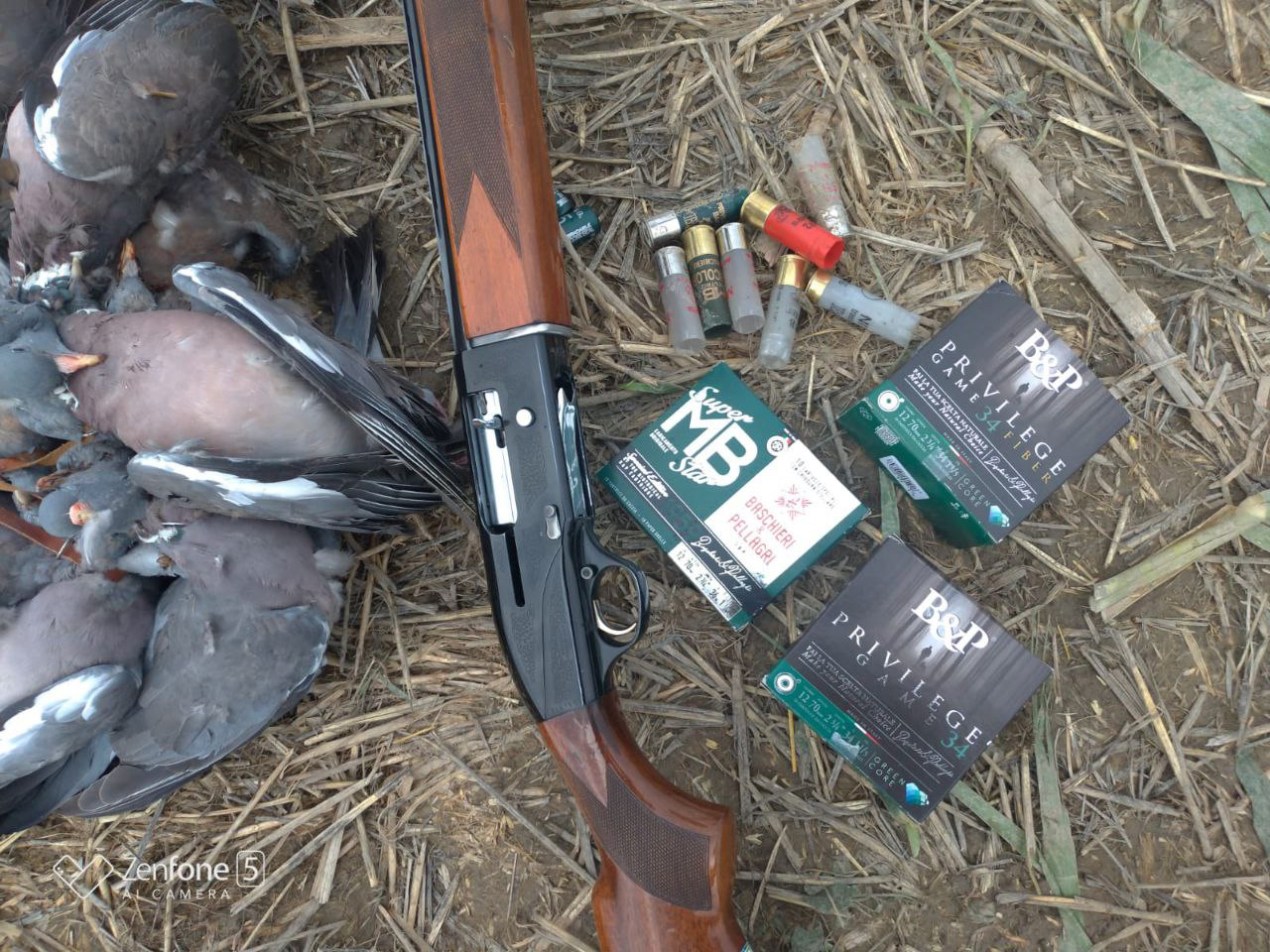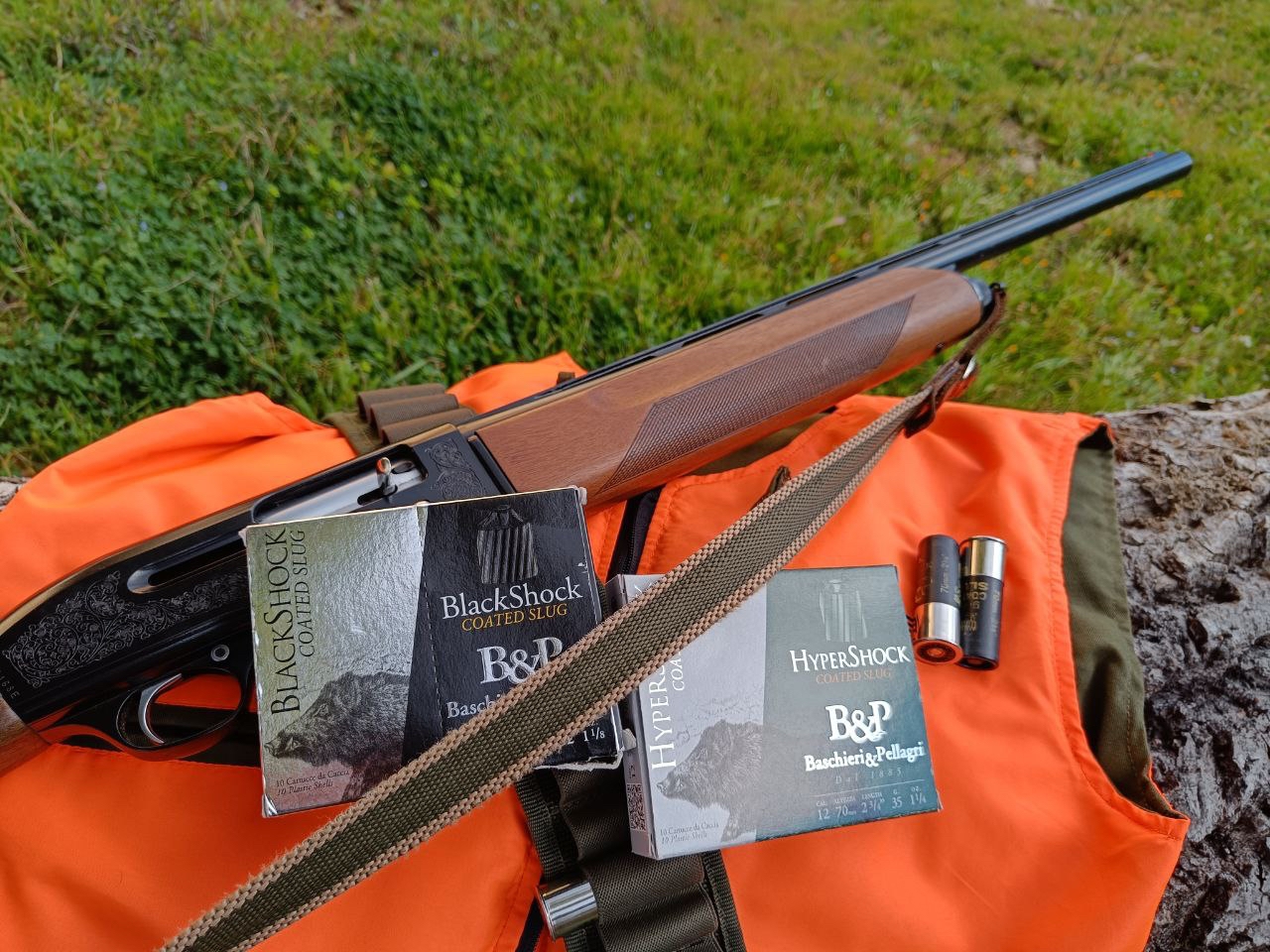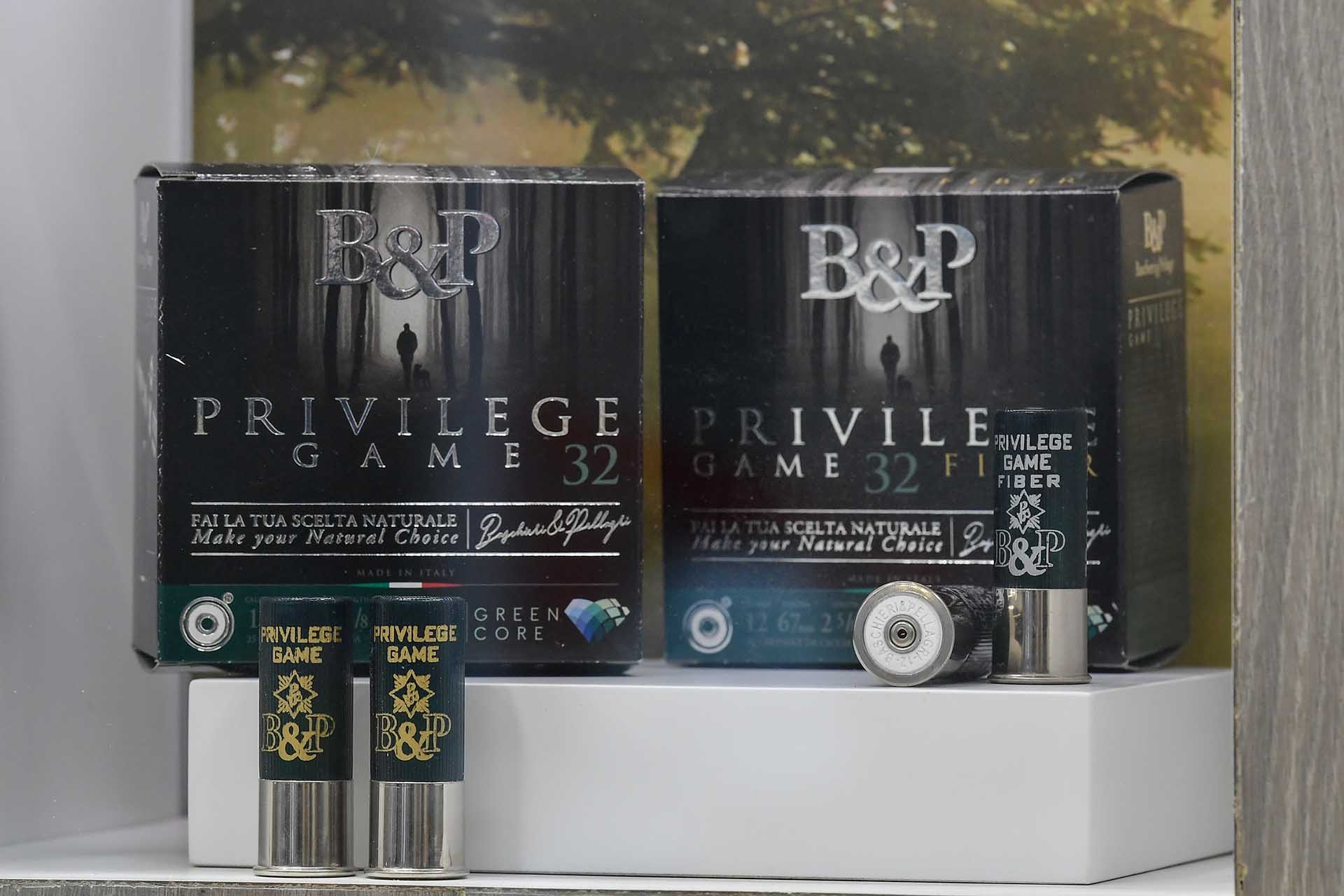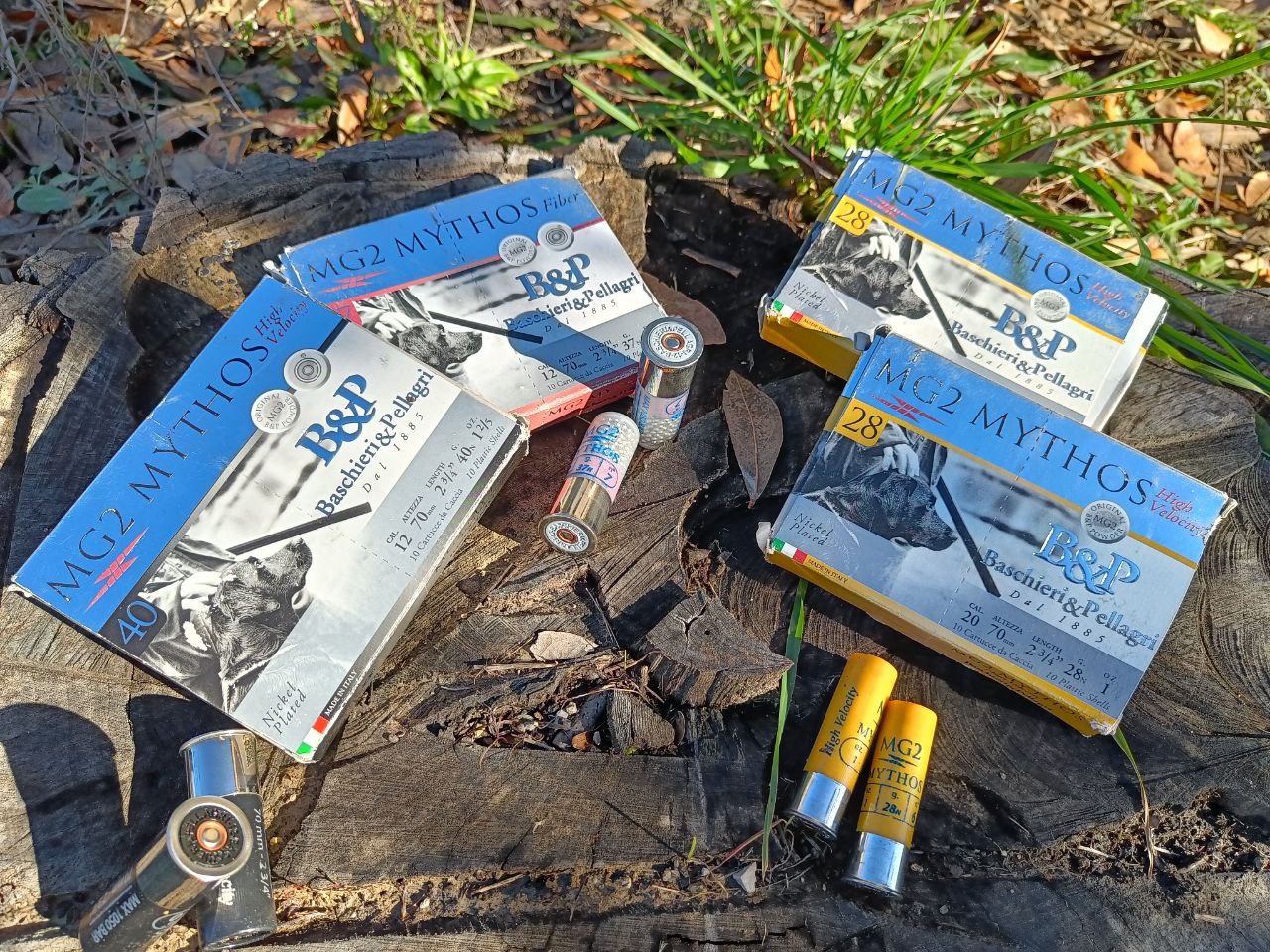The prohibitionist campaign in Europe against lead does not stop. Carried out mainly on an ideological and unscientific basis, it seems they want to extend it from wetlands to the use of this metal in any civilian cartridge, which would therefore involve first of all hunting and sport shooting activities. Despite the fact that there is no real and consistent evidence demonstrating the toxicity of lead used in these activities, the ideological struggle continues to the detriment of the entire manufacturing sector and of the many enthusiasts who are likely to see their activities completely disrupted. Unity and common commitment to show real scientific data is the only way forward for associations and companies concerned. Baschieri & Pellagri, which confirms itself as one of the excellencies of the sector, has been researching for years alternative alloys to lead that can provide adequate ballistic performances. It should be pointed out that there are currently no metals or alloys that, in technical and economic terms, can give the same results as lead. But positive data continue to arrive from tests carried out directly in the field. The most recent cartridge in Baschieri's special alloys line is the Mygra Anatra, a 12 gauge magnum shotshell with a 34 gram shot load specifically designed for waterfowl hunting enthusiasts. The available solutions for lead replacement are mainly four at present: let's see which ones.
The alternative solutions to lead shot
Starting from the most performing alloy, tungsten is undoubtedly the material that comes closest to the effectiveness of lead thanks to its hardness, excellent shot sphericity, accuracy and velocity. Although range is even more extended compared to that of lead, the extremely high costs of tungsten are not comparable. The same high costs problem can be found in bismuth, a soft and rare metal, close to lead in consistency, with a density of 9.0 g/cm3 and modest hardness, but easily fragmentable and still being studied to eliminate the serious defect of fragility. Iron, intended as decarburized steel, is relatively soft and today can be easily worked to obtain regular microspheres of various sizes between 4.5 and 2 mm, to be used as hunting shot. Relatively cheap and providing sufficient ballistic performances at short and medium ranges, it has a density of 7.8 g/cm3 and a high hardness of about 100HV1. Surely, it is among the good solutions to be used when shooting within 35-m ranges.
Copper represents the latest alternative as it has been more recently studied. It offers interesting results in ballistic terms for its medium hardness and shot sphericity. It is certainly not a cheap solution but it is as reliable as lead for ranges up to 40 meters. The Baschieri & Pellagri Mygra Anatra cartridge is made from a combination of zinc-plated iron and copper shot.
Details of the Mygra Anatra shotshell by Baschieri & Pellagri
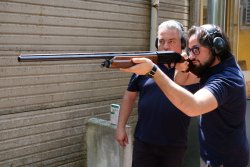
Analyzing and testing the technical and ballistic characteristics of the materials, combined with the Baschieri team's long experience in waterfowl hunting, here comes a cartridge ballistically effective and with an acceptable price. It combines the two less expensive materials with different physical and ballistic features in a single cartridge. A column of iron and copper shots in the same shell is the idea to improve effectiveness. About half of shots is in fact copper, to increase penetration and extend range up to 40 meters – a performance similar to that typical of lead shot. Adopting the system already tested in the appreciated Dual Shock cartridge, the payload has been layered in an orderly manner inside the cartridge.
In this way, the copper shots with a density of 9.1 g/cm3 – superior to that of iron, which is only 7.8 g/cm3 – provide a higher residual velocity even from the muzzle, therefore during the flight the two different shots create a long and tapered swarm and will never collide, maintaining an optimal pattern density.
Iron has the advantage of having copper as the opening swarm and the fact of reducing air friction in the first meters of the trajectory is fundamental: it allows the iron pellets to gain a few more meters of residual velocity. The velocity which has been achieved is a good 450 m/s, with lethal effects and effective terminal ballistics up to 40 meters.
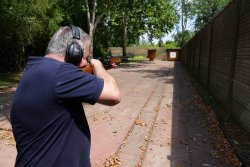
The propellant is a special M92S powder adapted to the cartridge, i.e. a progressive propellant perfectly suited to this magnum load. The progressive thrust of this special powder has a positive effect on the shot pattern, as it accelerates the shot mass gradually reducing deformation, thus helping to preserve shot sphericity. Pellets will be less prone to retardation (loss of velocity along the trajectory) and deviation from the original line taken by the swarm. The 34-g load consists of 18 g of zinc-plated iron shot and 16 g of copper shot. Altogether – there are approximately equal numbers in the two components and both are of equal weight – a total of 240 pellets, the same quantity as a cartridge with 34 g of #5 (2.9 mm.) lead pellets.
The grouping test with the Baschieri & Pellagri Mygra Anatra shotshells
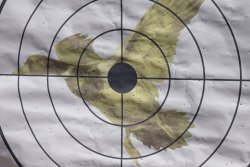
Together with Baschieri's technician, Gianluca Garolini, we tested the Mygra Anatra by shooting at a distance of 25 and 35 meters. Our target reproduced the shape of a mallard. We used the same Beretta semiauto shotgun featuring a 28”/71 cm barrel with magnum chamber and two-star choke. The group we achieved is dense and compact, with more than 90% of the shot inside a 29.5”/75 cm circle.
At 35 meters we still have a well-distributed group with a density of about 85% in the center target area and well over 20/25 shot pellets in the vital zone of a mallard in flight. An important detail in this case is the more evident impact of copper shot on the plate, which confirms the winning strategy adopted by Baschieri with the layering of the two materials. On the distance, the copper shot compensates the residual velocity loss of the iron one, guaranteeing the lethality of the cartridge up to 40 meters.
For more information on the Mygra Anatra cartridge please visit the Baschieri & Pellagri website.






